Blog
Exploring the Future of Heavy Construction Equipment for Sustainable Building Practices
In an era marked by a growing emphasis on sustainability, the heavy construction equipment sector stands at a pivotal crossroads, poised to significantly influence the future of building practices. According to a report by the International Energy Agency, the construction industry accounts for nearly 39% of global CO2 emissions, highlighting the urgent need for innovative solutions. As companies increasingly adopt green practices, the role of advanced, energy-efficient heavy construction equipment becomes critical. The use of integrated technologies such as telematics and automation not only enhances operational efficiency but also minimizes environmental impact. Furthermore, a recent study from McKinsey suggests that lowering carbon emissions in construction could provide financial benefits, potentially saving the industry up to $1.4 trillion annually by 2030. This exploration of heavy construction equipment sets the stage for a transformative shift towards sustainable building, offering essential tips and insights for stakeholders aiming to navigate this evolving landscape.
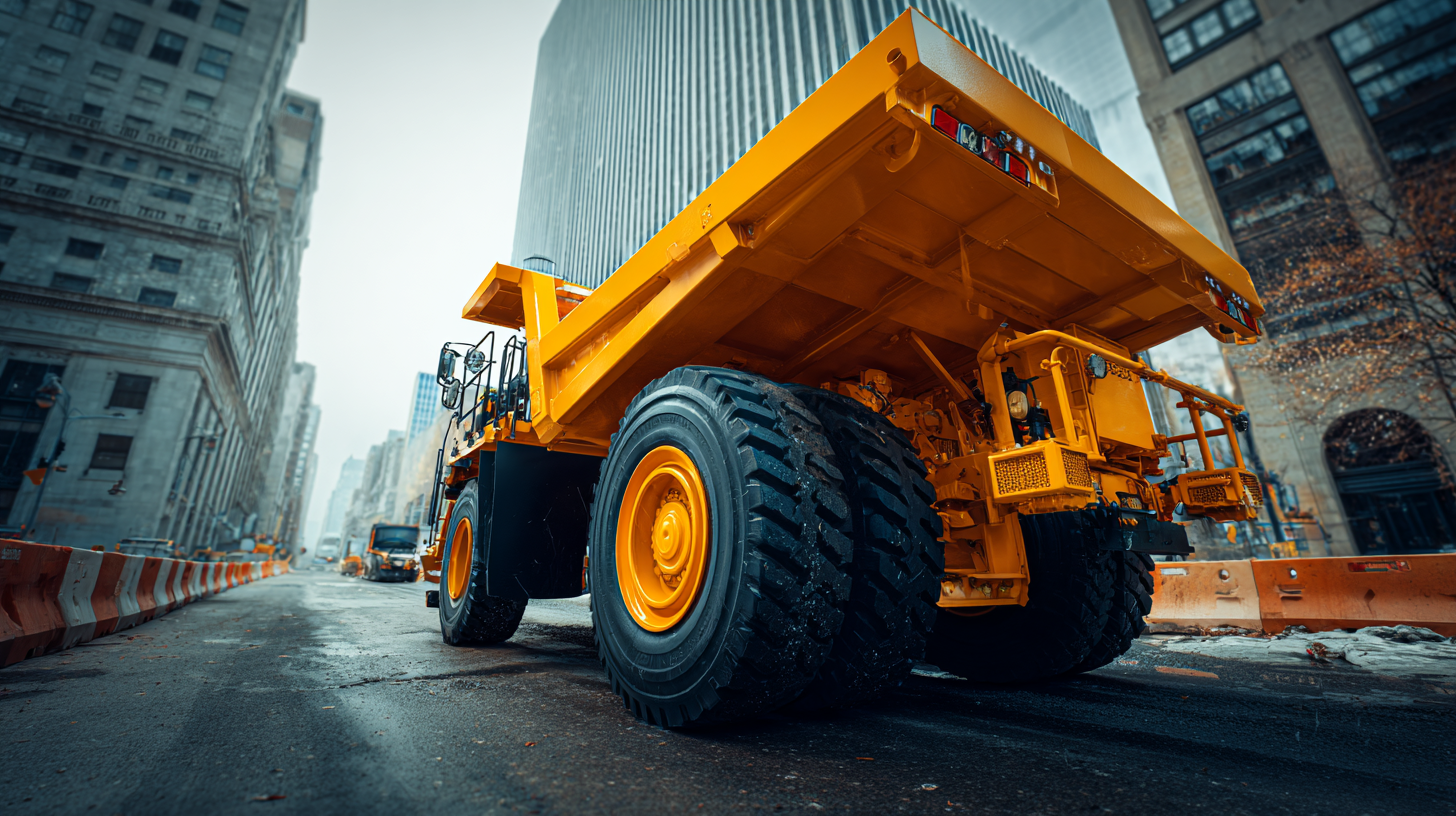
The Role of Advanced Technologies in Sustainable Heavy Construction Practices
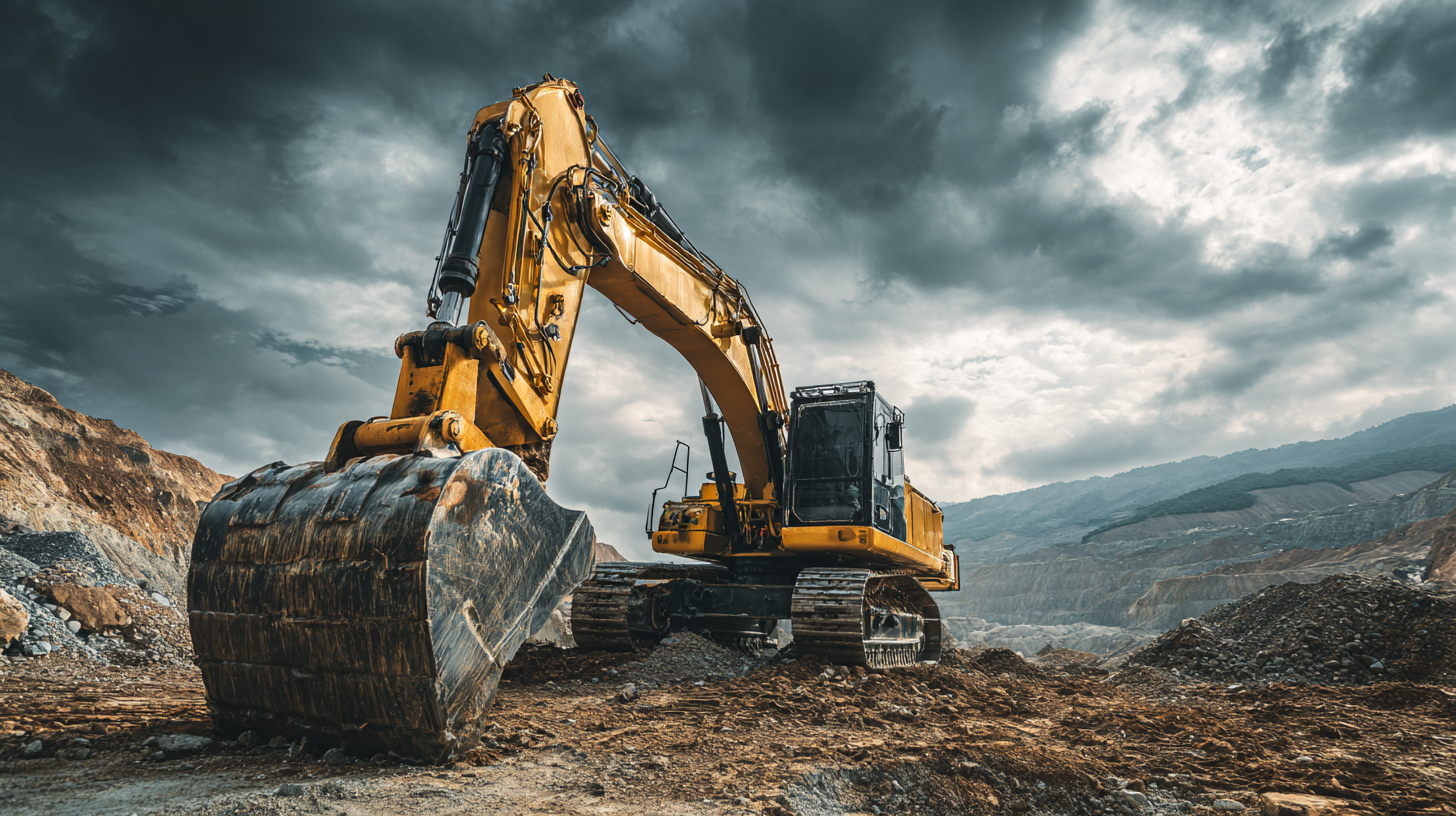 Advanced technologies are transforming heavy construction equipment, significantly enhancing sustainable building practices. According to a report by McKinsey & Company, the adoption of digital technologies in construction can improve project efficiency by up to 20%. This increase in efficiency is crucial for reducing material waste and energy consumption, aligning with sustainability goals.
Advanced technologies are transforming heavy construction equipment, significantly enhancing sustainable building practices. According to a report by McKinsey & Company, the adoption of digital technologies in construction can improve project efficiency by up to 20%. This increase in efficiency is crucial for reducing material waste and energy consumption, aligning with sustainability goals.
Moreover, the integration of IoT (Internet of Things) in heavy machinery allows for real-time data analytics, enabling operators to optimize equipment usage and minimize emissions. A study by the World Economic Forum indicates that IoT applications in heavy construction could reduce carbon footprints by 30% within the next decade. As electric and hybrid machines become more prevalent, the shift from traditional diesel engines to clean energy sources is expected to further decrease greenhouse gas emissions, providing a path toward a greener future in heavy construction.
Incorporating advanced technologies such as robotics and AI into construction processes can also enhance safety and efficiency. The International Federation of Robotics projects that advancements in automated construction systems could boost productivity by 25% while improving worker safety. As the industry moves forward, these technologies will play an integral role in shaping sustainable heavy construction practices, addressing both environmental challenges and operational efficiency.
Integrating Digital Solutions for Efficient Resource Management in Construction
The integration of digital solutions in heavy construction equipment is reshaping the landscape of resource management in sustainable building practices. By harnessing technologies such as IoT, AI, and data analytics, construction companies can monitor equipment usage in real-time, track material consumption, and optimize project timelines. This interconnectedness enables a more efficient allocation of resources, reducing waste and lowering carbon footprints, which is essential for meeting modern environmental standards.
Moreover, digital technologies facilitate better communication and collaboration among stakeholders. For instance, cloud-based platforms allow project managers to share updates and data with teams on-site, ensuring everyone is aligned and informed. This seamless exchange of information can lead to proactive decision-making and enhance productivity. As heavy construction equipment increasingly incorporates these advanced digital solutions, the potential for sustainable building practices will expand, driving the industry toward a more efficient and environmentally responsible future.
Exploring the Future of Heavy Construction Equipment for Sustainable Building Practices
| Category | Equipment Type | Sustainability Feature | Digital Solutions | Efficiency Gain (%) |
|---|---|---|---|---|
| Excavators | Hydraulic Excavator | Low Emission Engines | GPS-Enabled Tracking | 20% |
| Dump Trucks | Electric Dump Truck | Zero Emissions | Fleet Management Software | 25% |
| Bulldozers | Hybrid Bulldozer | Fuel Efficiency | Data Analytics Tools | 15% |
| Cranes | Lattice Boom Crane | Recyclable Materials | Remote Monitoring Systems | 18% |
| Loaders | Articulated Loader | Enhanced Fuel Injection | Automated Workflow Tools | 22% |
Innovative Equipment Design for Reduced Environmental Impact in Heavy Machinery
As the construction industry increasingly prioritizes sustainability, innovative equipment design plays a crucial role in reducing the environmental impact of heavy machinery. Manufacturers are now focusing on developing machinery that not only increases efficiency but also minimizes emissions and energy consumption. Key advancements include electric and hybrid machines that significantly reduce reliance on fossil fuels and lower greenhouse gas emissions. Additionally, the integration of smart technology allows for real-time monitoring, optimizing fuel usage and improving overall operational efficiency.
Tips for selecting sustainable heavy construction equipment include looking for machines that meet or exceed industry emission standards, as well as those that utilize alternative energy sources like electricity or biofuels. Another consideration is the lifecycle impact of the machinery; equipment designed for durability and easy maintenance can reduce waste and the need for frequent replacements. By prioritizing innovative design and sustainability, the construction industry can work towards responsible building practices that benefit both the environment and future generations.
Future Trends in Automation and AI for Sustainable Construction Operations
The construction industry stands on the brink of a technological revolution, driven by advancements in automation and artificial intelligence (AI). As the global construction automation systems market is projected to expand significantly, with a forecast growth from $87.85 billion in 2025 to $154.74 billion by 2032, at a compound annual growth rate of 8.4%, companies are increasingly exploring innovative AI applications to enhance efficiency and sustainability. AI technologies are not only streamlining operations but also contributing to more sustainable building practices, addressing the pressing challenge of climate change.
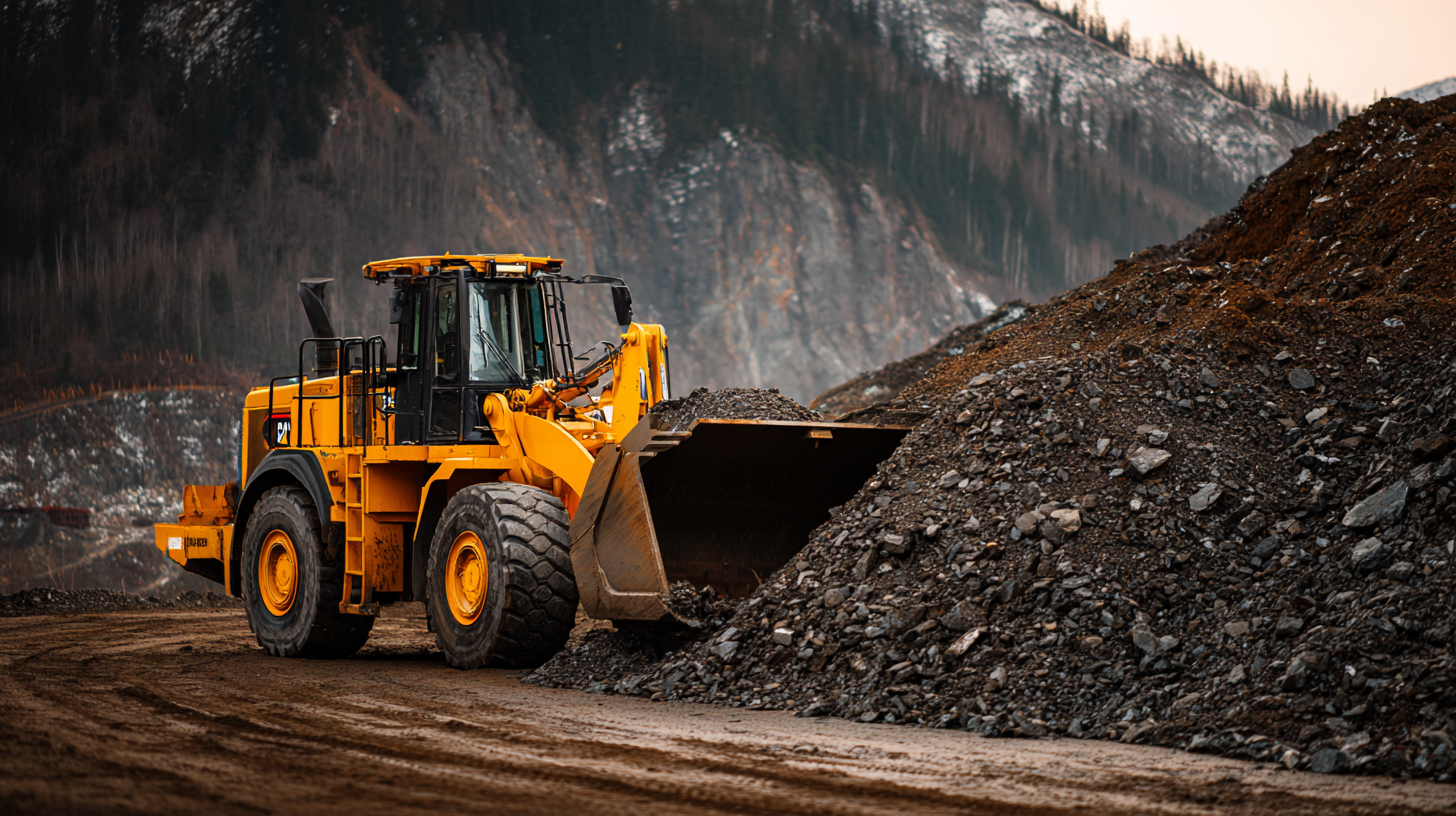
AI's role in the construction industry is multifaceted, from optimizing project timelines to reducing waste through predictive analytics. By harnessing AI solutions, firms can enhance decision-making processes and implement resource-efficient practices that align with sustainability goals. Furthermore, emerging trends suggest that the integration of AI into construction operations will continue to grow, driving both profitability and environmental responsibility.
As we advance towards 2025 and beyond, the fusion of AI with construction will likely reshape the landscape, offering new opportunities for innovation and progress in sustainable building practices.
Evaluating Life Cycle Impacts of Heavy Equipment on Sustainable Building Projects
The life cycle impacts of heavy construction equipment (HCE) on sustainable building projects are pivotal in addressing environmental challenges within the industry. According to the World Economic Forum's report on sustainable infrastructure, construction activities are responsible for nearly 39% of global carbon emissions, a significant portion of which arises from the use of heavy machinery. Evaluating the life cycle impacts involves examining not only the operational emissions associated with fuel consumption but also the emissions tied to manufacturing, transportation, and eventual disposal of HCE.
One key study by the National Academies of Sciences found that choosing more energy-efficient equipment can reduce operational emissions by up to 30% over the life of the machinery. Furthermore, advancements in technology, such as hybrid and electric equipment options, can play a critical role in minimizing the ecological footprint of construction activities. For instance, electric excavators have been shown to produce zero on-site emissions, making them ideal for urban projects where air quality is a concern. As the industry shifts towards these sustainable practices, assessing the complete life cycle of heavy construction equipment will be essential in achieving long-term sustainability goals in building projects.
Evaluating the Life Cycle Impacts of Heavy Construction Equipment on Sustainable Building Projects
Related Posts
-
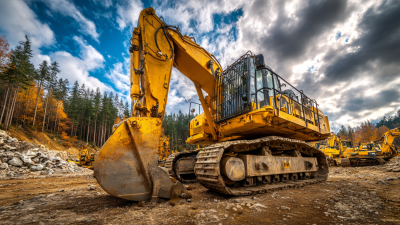
Ultimate Guide to Heavy Construction Equipment Trends and Insights for 2024
-
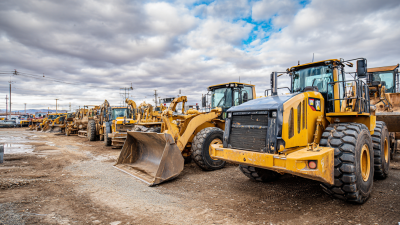
Leading Global Exporter of Top-Tier Heavy Construction Equipment: A Factory's Success Story
-
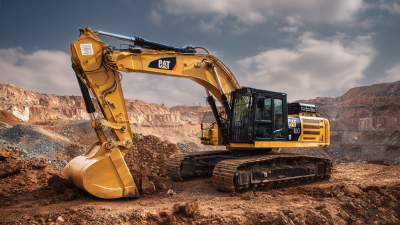
7 Compelling Reasons Why "Best Construction Machinery" Revolutionizes Your Global Procurement Strategy
-
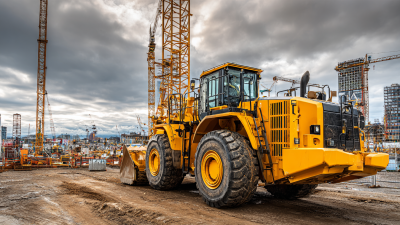
Understanding Challenges with Best Heavy Construction Equipment Sourcing
-
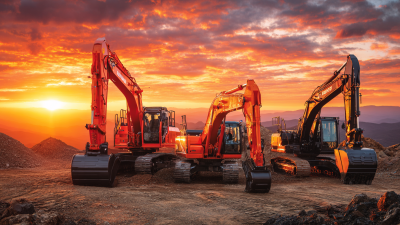
7 Best Construction Machinery Innovations Driving Global Sales Growth
-
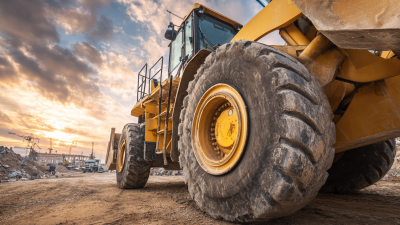
7 Effective Tips for Sourcing Quality Construction Equipment Parts to Boost Your Operations
